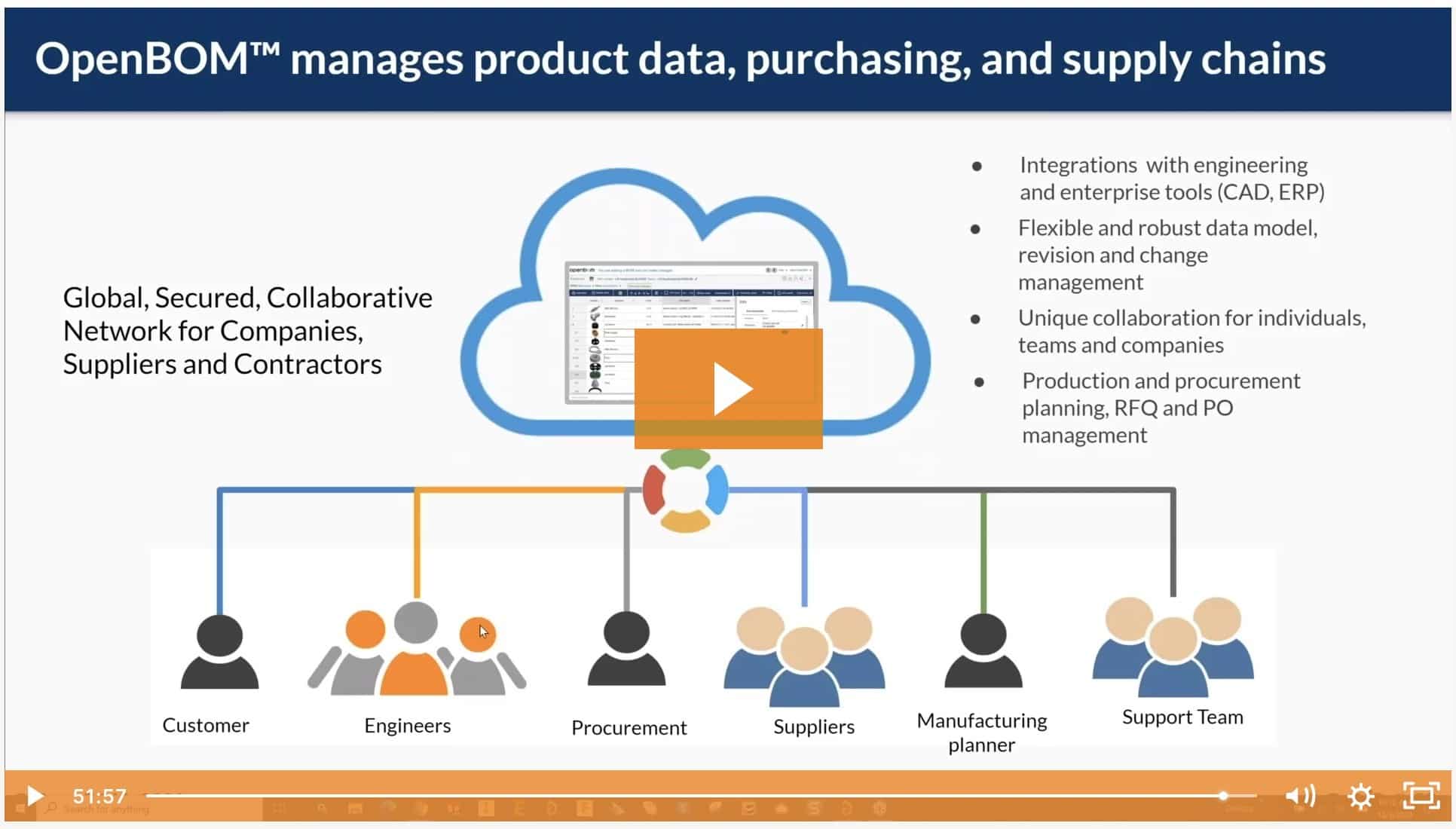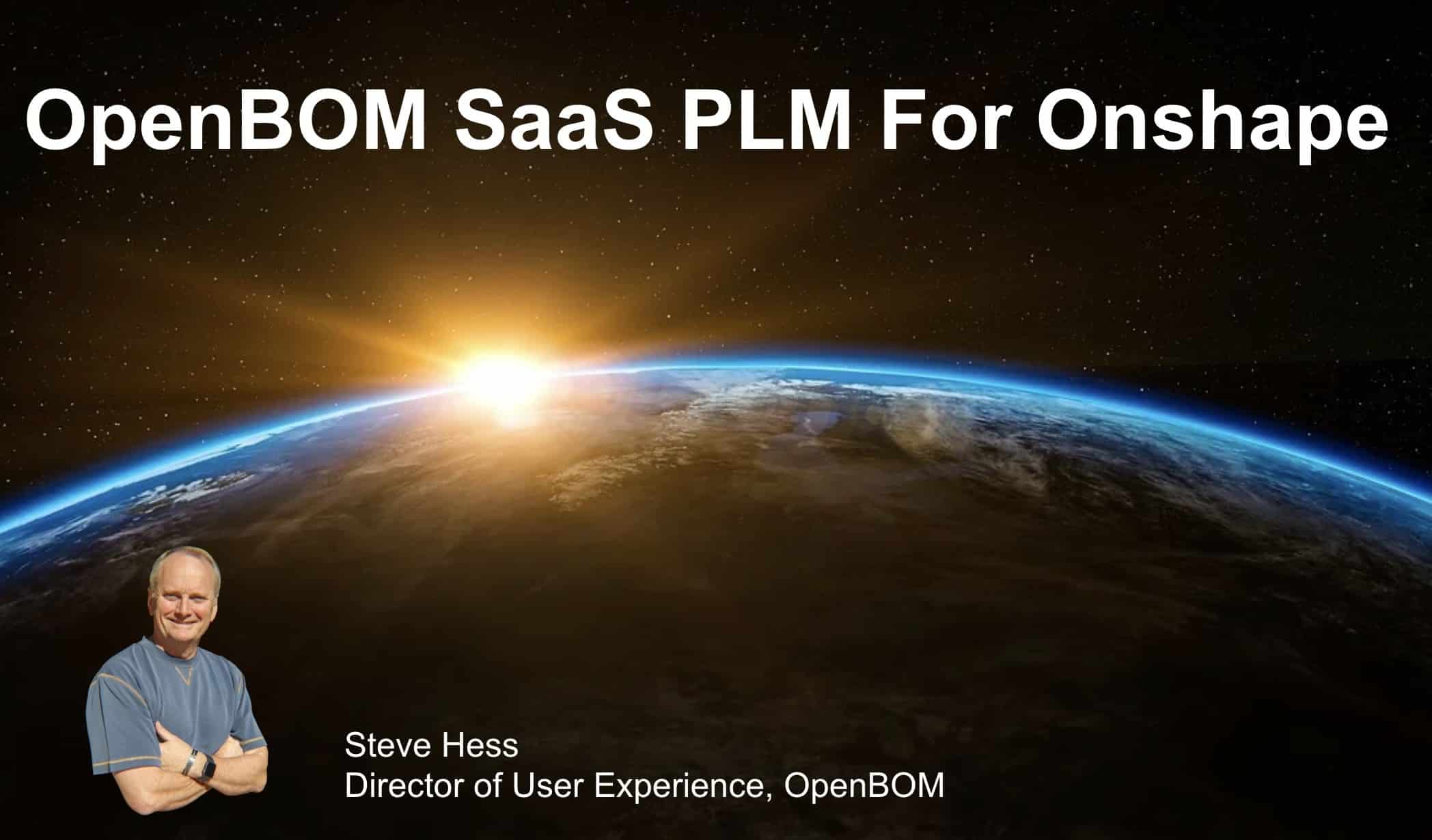
Cloud is “buzzing” these days and every place you go, you will hear the word cloud and SaaS. At first, it sounds simple and easy. You don’t need to install the software and it is available to you via the browser. And you don’t need to pay for a license and, instead, using a subscription, which you can pay from month to month. Well, as it happens to many things in this life, the devil is in details. If this is an application you use for your own purposes, it might be that simple. But when you deal with complex design, need to integrate with multiple applications, when you need to collaborate inside your teamwork, and when you need to work with different companies (eg. contractors and suppliers), things will be never simple.
The challenges of manufacturing companies are getting even more complex these days. Complex product data, cost pressure, demand for speed.
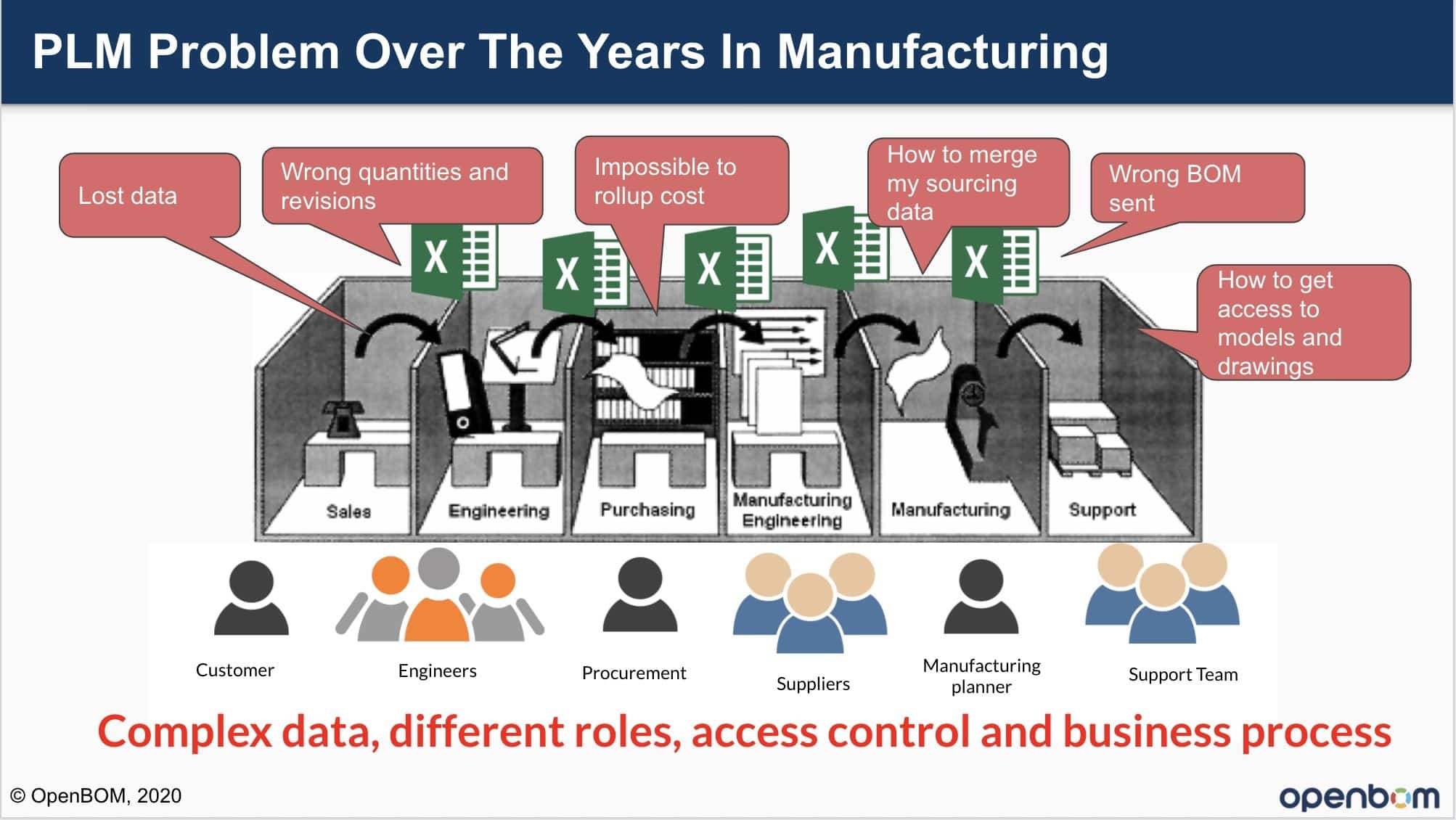
The problem is getting even more complex because manufacturing these days is distributed and happens across multiple companies, locations, contractors and suppliers.
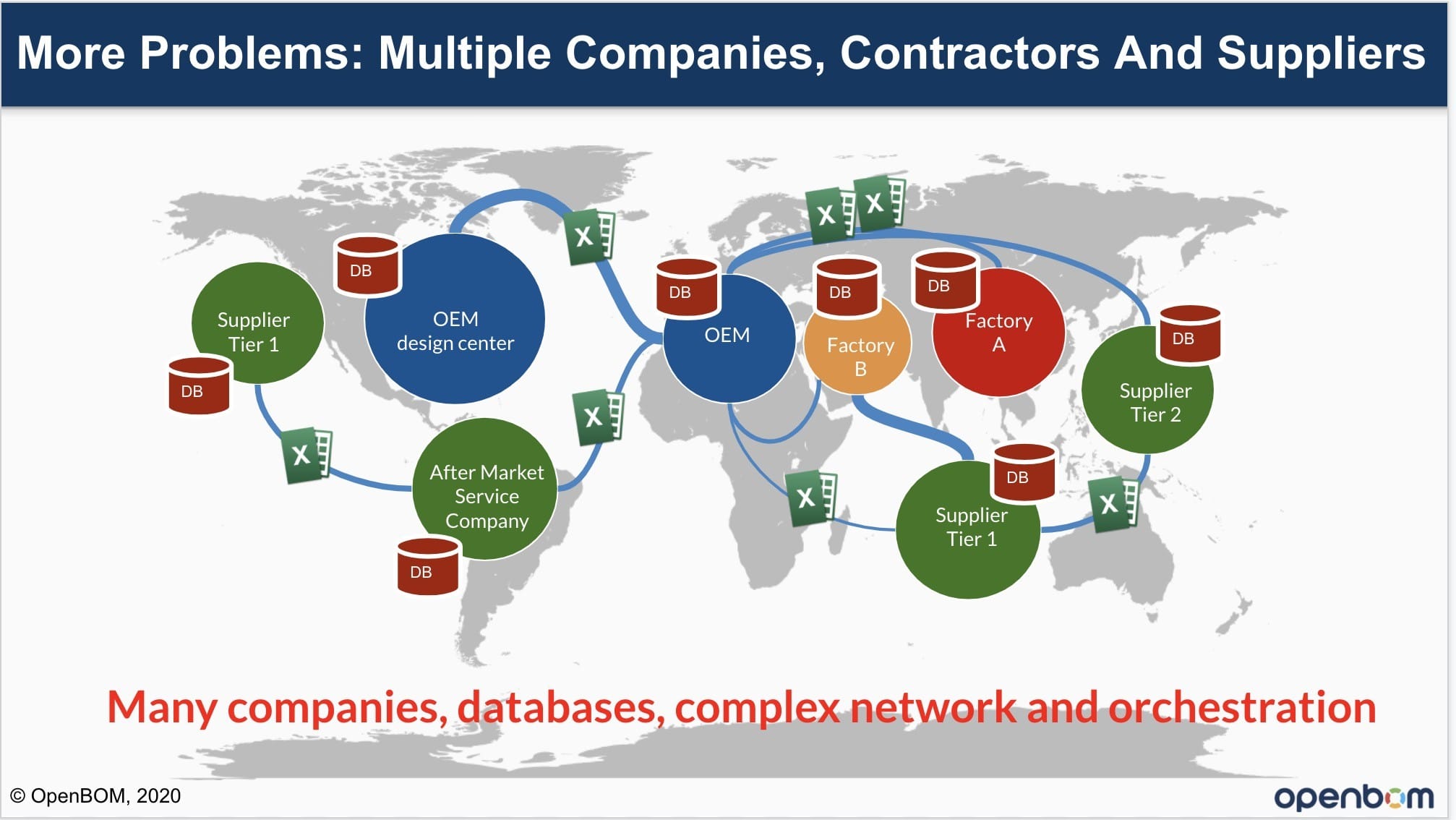
Traditional PLM systems cannot provide a solution to this problem. Old PLM systems are focusing on how to put all data in a single database. They are limited to one company and don’t provide an easy way to collaborate for global teams and multiple companies.
To differentiate between a variety of cloud types and not to get confused by some of the marketing spins, I recommend you to look at SaaS and multi-tenant systems as the main differentiator and be aware of PLM cloud washing that happens a lot these days and not only with PLM.
Multi-tenant systems is one big difference for SaaS PLM. The idea of a multi-tenant solution presents unique capabilities such as having the system to scale from a single user to a large company, having users in multiple teams and companies to work together, and use powerful data management, analytics, and intelligence to provide a unique user experience and service. All these things are hardly achievable with a hosted cloud PLM providers that simply take an existing 20 years old PLM software and host it on AWS or Azure cloud servers.
OpenBOM unique multi-tenant SaaS technology, integration, and real-time collaboration is a solution to solve the problems of modern manufacturing, can help to manage data, goes from design to purchasing in the integrated, connected process, and be available globally for everyone who needs it.
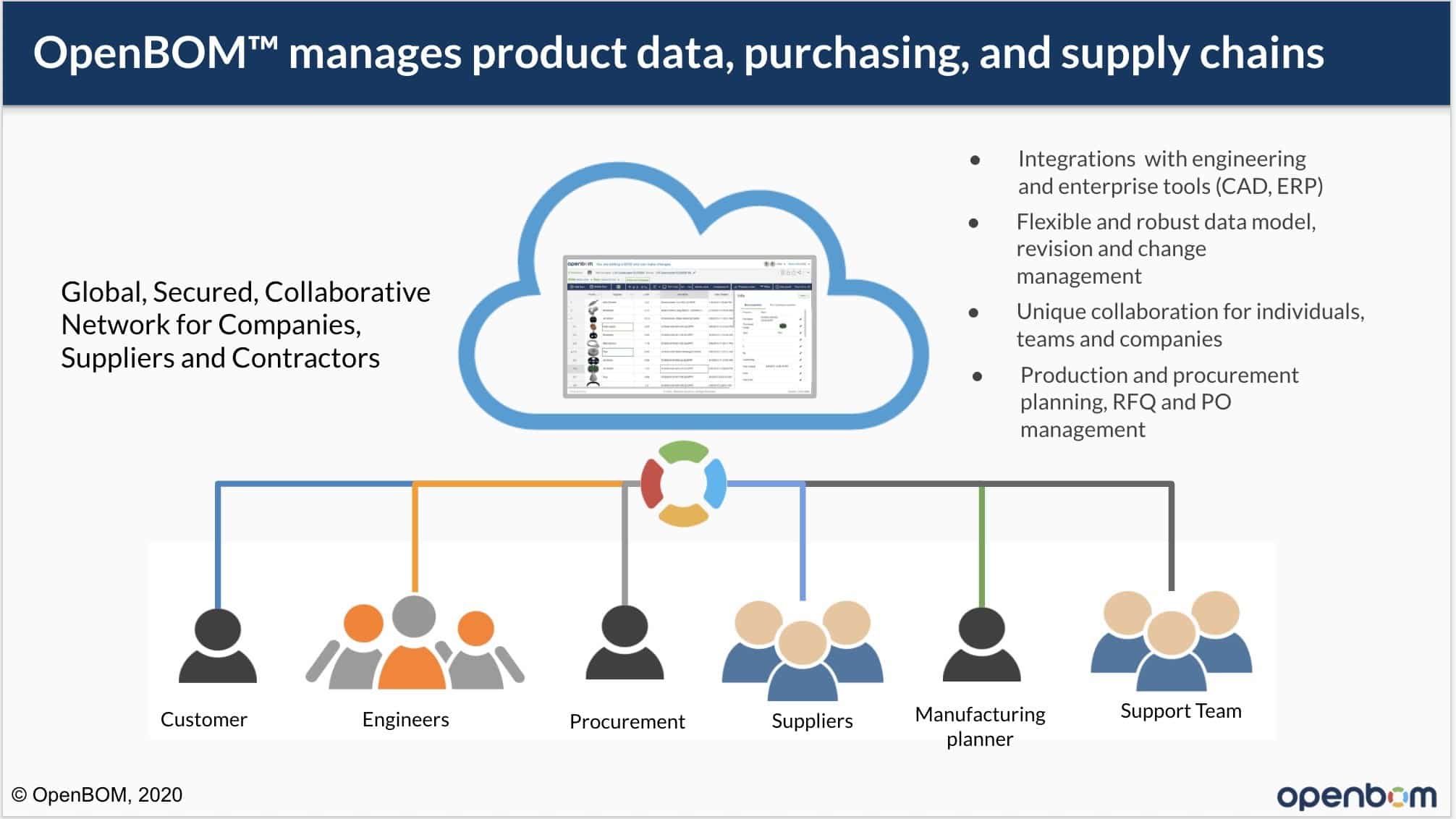
OpenBOM supports an out-of-the-box business process, but at the same time, provides full flexibility in the data model and collaboration.
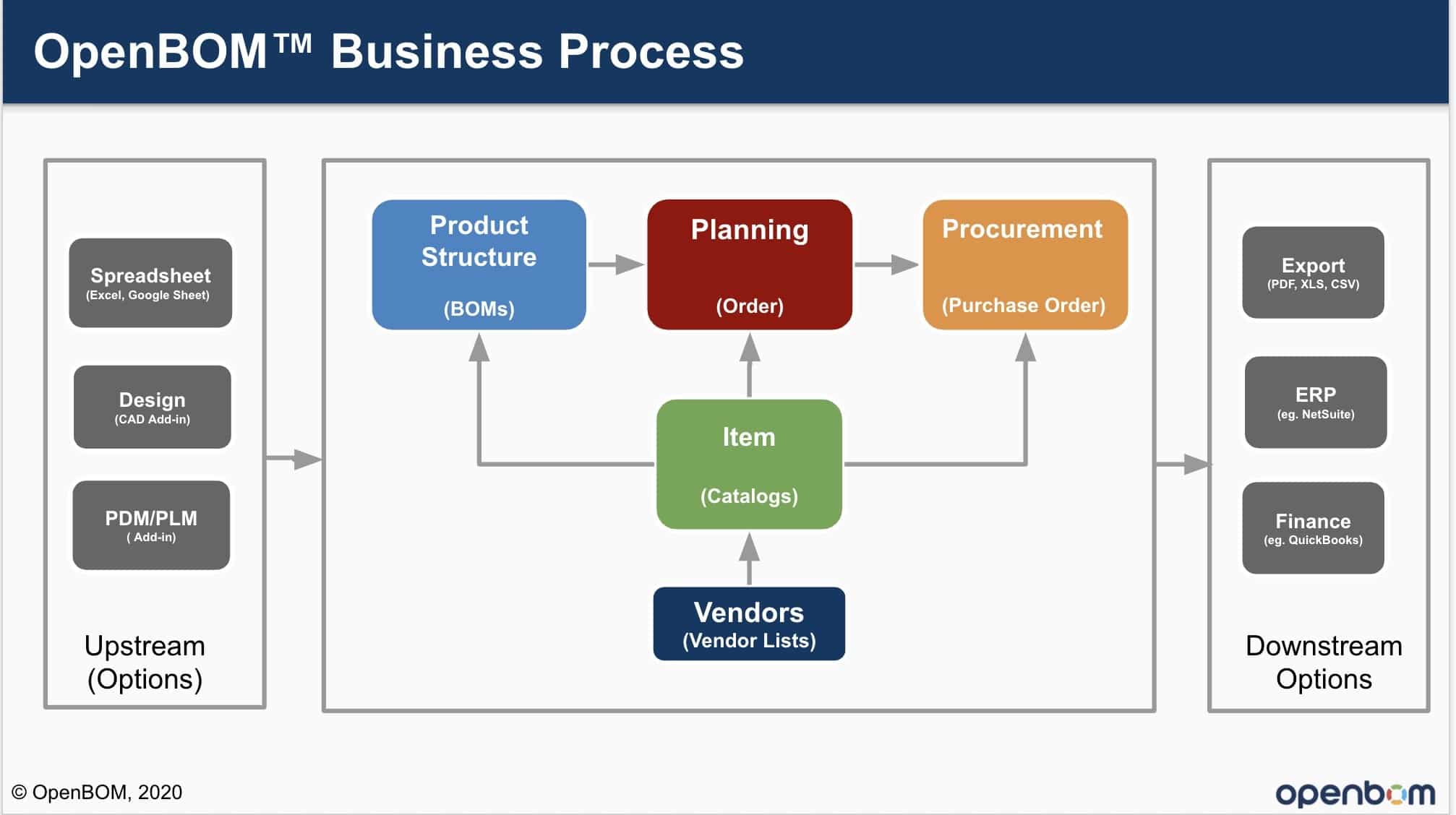
Earlier this week, we presented a webinar hosted by Onshape – OpenBOM SaaS PLM for Onsahpe. During this webinar, we talked about the problem engineers and manufacturing companies have these days and also how OpenBOM SaaS technology provides a unique solution to manage product data, collaborate between people and manage production planning and purchasing process.
Check the slide deck we presented during the webinar.
Here is a video recording of the webinar.
Conclusion
OpenBOM provides a unique SaaS solution including a global, secured, collaborative system allowing engineers and teams working together, tight integration with other systems such as Onshape, Altium Designer, and other CAD systems, connects to contractors and suppliers across the globe. Check Onshape App Store to learn more.
OpenBOM provides free registration and an on-demand free 14-days trial to explore all system features and functions. REGISTER TODAY.
Best, Oleg @ openbom.com
Want to learn more about PLM? Check out my Beyond PLM blog and PLM Book website. Read OpenBOM customer reviews on G2 Crowd to learn what customers are saying about OpenBOM.
Join our newsletter to receive a weekly portion of news, articles, and tips about OpenBOM and our community.

